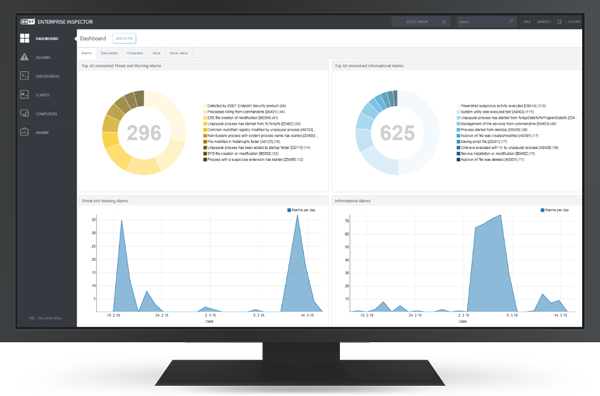The Difference Between Endpoint Security And Endpoint Detection And Response
Endpoint security and Endpoint Detection and Response (EDR) are two different but closely related concepts in the field of cyber security. While both focus on protecting endpoints from potential threats, they differ in their approach and capabilities. Listed below are the basic differences endpoint security and endpoint detection and response.
What is endpoint security?
Endpoint security refers to a broad set of tools designed to protect devices from malware, unauthorised access, and other threats. It includes antivirus software, firewalls, and encryption solutions that prevent malicious activities before they can cause harm. This type of security operates on a proactive model, blocking risks through predefined rules and signatures.
What is endpoint detection and response (EDR)?
Endpoint detection and response (EDR) is a more advanced security approach that goes beyond basic prevention. It continuously monitors endpoints for suspicious behaviour, analyses threats, and provides real-time alerts. EDR solutions use behavioural analysis, machine learning, and forensic tools to detect and respond to complex cyberattacks that may bypass traditional security measures.
Key differences between endpoint security and EDR:
- Threat prevention vs. threat response: Endpoint security focuses on stopping attacks before they happen, while EDR detects and investigates threats that have already infiltrated a system.
- Real-time monitoring: EDR continuously collects and analyses endpoint data, whereas traditional endpoint security primarily relies on signature-based detection.
- Automated response: EDR can take immediate action when a threat is detected, isolating compromised devices and stopping malicious activities, whereas standard endpoint security may require manual intervention.
- Incident investigation: EDR provides detailed insights into attack patterns, helping security teams understand how a breach occurred and how to prevent future incidents. Endpoint security, instead, focuses on preventing known threats rather than analysing past incidents.
Choosing the right security approach:
Organisations with a low-risk environment may find traditional endpoint security sufficient for their needs. However, businesses handling sensitive data or facing sophisticated cyber threats benefit more from an EDR solution. In many cases, a combination of both provides a stronger defence against evolving threats.
By understanding these differences, businesses can make informed decisions on improving their security strategy with endpoint detection and response.



